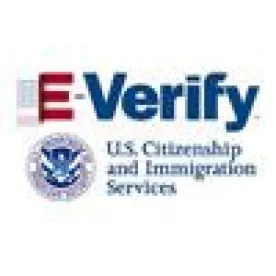California employers, take note: On October 9, 2015, California Governor Jerry Brown signed into law AB 622, a bill that prohibits California employers from using the federal E-Verify system for current employees and applicants.
The E-Verify system, administered by the U.S. Citizenship and Immigration Services, allows employers across the country to confirm that applicants and employees are authorized to work in the United States. The agency boasts that E-Verify is used nationwide by more than 600,000 employers, and is the only free online service to verify employee data against millions of government records within seconds. California’s new law creates strict rules regarding employers’ use of the E-Verify system to prevent discrimination in employment.
The new law changes existing law in two crucial ways. First, AB 622 prohibits employers from using E-Verify to check the employment authorization status of existing employees, or applicants who have not yet been offered employment. Unless the use of E-Verify is required by federal law or as a condition of receiving federal funds, employers cannot use the system to determine the immigration status of these individuals.
Second, AB 622 requires employers using E-Verify to comply with employee notification procedures. Employers must notify individuals of any notification issued by the Social Security Administration and Department of Homeland Security containing information specific to the employee or applicant’s E-Verify case, or any tentative non-confirmation notice.
Employers that violate the new law face steep penalties: Each unlawful use of the E-Verify system can result in civil penalties of up to $10,000.
When Can E-Verify Still Be Used in California?
California employers that use the E-Verify system should confirm that their verification procedure complies with the new law. The law continues to allow employers to use the E-Verify system where required by federal law. In addition, employers may use the E-Verify system to check the employment authorization status of a person who has already been offered employment. But if an applicant has not yet been offered employment, or if the employer desires to verify the authorization status of an existing employee absent requirement by federal law, then use of the E-Verify system is prohibited.


 />i
/>i

